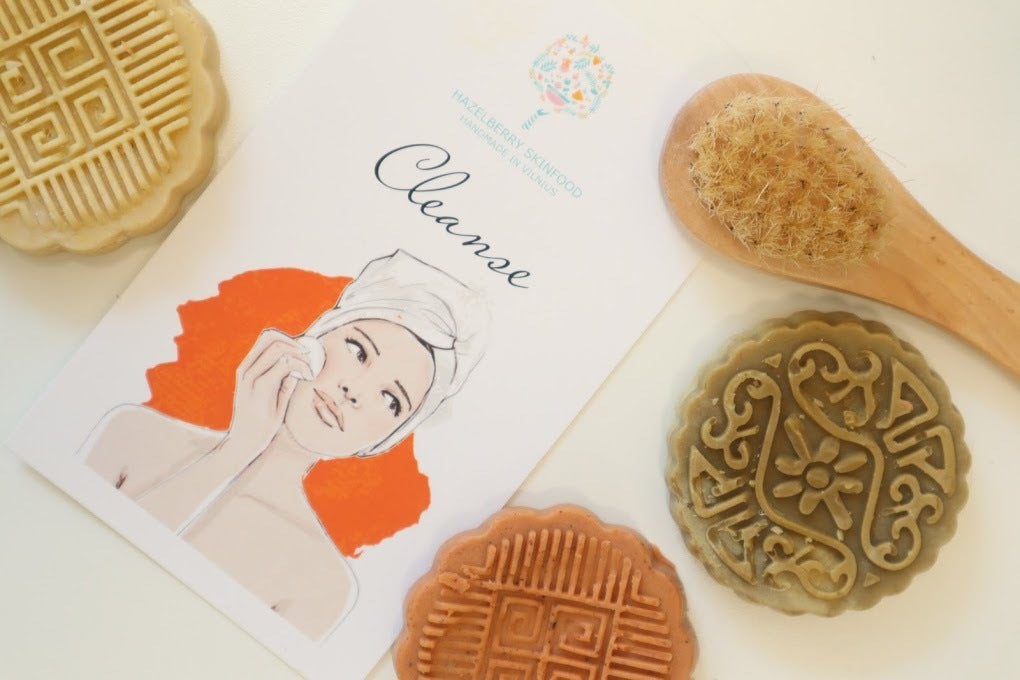It's obligatory that you should do one, gentle, soothing thing to help you climb down from the cliff of a work week. I recommend using a Cotton Sheet mask if you have one. Check out this link on Twitter to see me apply one I made with Lavender and Hibiscus Hydrosol. Just the warm mask on my face makes me sigh in grateful relief and I can feel the tension drain away from my face. Hit the link below to see the little video.

But if you prefer Clay masks which are great at clearing acne, dead skin, makeup build-up, and aiding circulation, then I have a simple and effective trick for making a professional skincare facemask.
If you have dry skin and need to use a hydrating mask you can add your favourite hydrating and moisturizing face cream to the clay. Simply add 1/2 to one teaspoon of face cream to 2 teaspoons of clay. Mix well and apply to skin in upward, circular motions.
If you want to consistently work at having smaller or closed pores-- creating a more even, smoother surface texture to the skin-- then use a toner regularly before you moisturize and definitely after you wash with soap. And as an effective treatment for smaller pores use a pH-balanced toning mask by adding 1 teaspoon of a pH balancing facial toner to 2 teaspoons of clay. Apply upward strokes to your neck and face. Massage into skin. People who suffer from oily skin can use this mask.
Face masks should be left on for a minimum of 15 minutes. After you wash away your clay mask, apply moisturizer as usual.
One final tip for shopping for masks: At Hazelberry Skinfood I don't make pre-made liquid or cream-based facemasks. The simple reason is that when water/liquids are added to masks mold, bacteria can grow quickly. This means that liquid-based masks typically have a shelf-life of 6 months or less depending on the amount of clay that is added to the formula. Less clay means less deterioration and molding, and less time for the growth of bacteria- - but it also means the product does not have enough clay to effectively pull away all the grease, build-up, and toxins, or to even afford a good exfoliation of the outer layer of the skin. So it really defeats the purpose of using a clay mask. This is why I advise making your own mini weekly facemask. Clays sold separately--with no great amount of liquid-- blended with herbs, and other botanicals such as Matcha Powder or Calendula or Colloidal Oatmeal make for great facemasks. You need only add a suitable emollient or other liquid such as a cream, water, toner, or even a liquid cleanser.
I hope this was a helpful tip and gave a little insight into how clay masks work.
To find all you need to make a facemask at home in the future head over to Hazelberry Skinfood here:
Happy Selfcare Ritual 🌟🧘🏿♀️.


